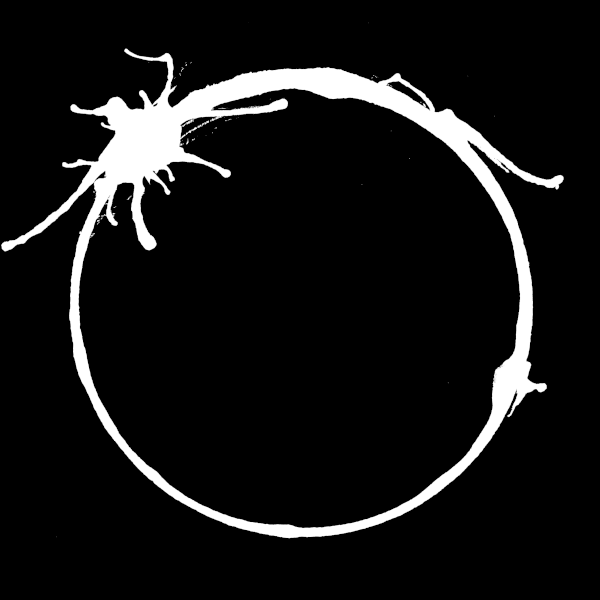cross-posted from: https://beehaw.org/post/7671504
For a while now, I had this idea in my head of making a small 2D side scroller game that helps people learn programming, and I’m looking for honest opinions and feedback from others. I know that such a game is niche and I wouldn’t expect to earn a lot with it. Spending time on development would only make sense for me, however, if there is at least some interest in playing it. Whether the game will have some success, is not a question that can be answered here, but my hope is, that I’ll be a bit more confident in my decision after hearing more feedback from others.
I have been teaching C/C++ and Python for years now and have developed a small application that gives students, without a specific goal, something to work towards to. It is just a console application that offers various programming tasks to be solved, submitted and compared against previous results. The student just has to run the application, import my interface library and start coding. I usually go over the theory and try to help them while they are figuring it out. Just to give you an example of such a task:
“There is a sequence of N unsorted and unknown numbers. You can compare, whether any number is greater than any other one by specifying their positions in the sequence. You can swap two numbers, save copies of them on a stash, and replace any number in the sequence with stashed ones. Try to sort the sequence of unknown numbers with as little operations as possible.”
The idea of the side scroller would be, to give that application a compelling frontend and to “gamify” these tasks even more. Aside from the usual game mechanics like “find and fetch items”, “talk to this or that person” or “solve simple terrain puzzles”, I want the programming tasks to be the main quest which unlocks new parts of the world and ultimately completes the story line. There will be some kind of quest book that goes into more detail and tries to help the player understand the task and to find solutions. Aside from that, the player is expected to use their own development environment (which can be as simple as: Notepad and GCC/Python Interpreter). The quest book is just meant as a starting point, and players would have to do additional research to learn more about algorithms and how to implement them.
I think, at this point, I have described the rough idea enough, and I apologize for the wall of text so far. For that reason, everything below this is optional TLDR as far as I’m concerned.
The last thing I wanted to mention here is the rough sketch of the lore I had in mind. A medieval world containing steam punk elements that is slowly but surely overtaken by these alien looking artifacts. You, the protagonist, have figured out that some of these artifacts can be controlled by using the language that can be derived from the carvings on them. Around the artifacts, a contamination that destroys everything is slowly spreading. No one has figured out how to stop this, but it becomes clear over the course of the game, that interacting with these artifacts and solving the programming tasks, slowly reverses the spread. The ultimate conclusion is, that an alien species put these artifacts in this world to slowly terraform it. Because they didn’t want to wipe out any intelligent species in the process, they created an off-switch. If a species is intelligent enough to figure out these tasks, the whole terraforming process is terminated.


I think the other direction you could go is to aim for a younger demographic than you’re likely thinking of. Maybe something like 12-15 years old. It’s very important to note that I’m not suggesting you make the story/aesthetic “kid friendly”, if anything I’d suggest more the opposite, kids love things that seem really adult - but the actual challenges and content itself, keep it tuned to a younger audience. I think that age group would get the most out of a general-purpose “learning to code” educational game